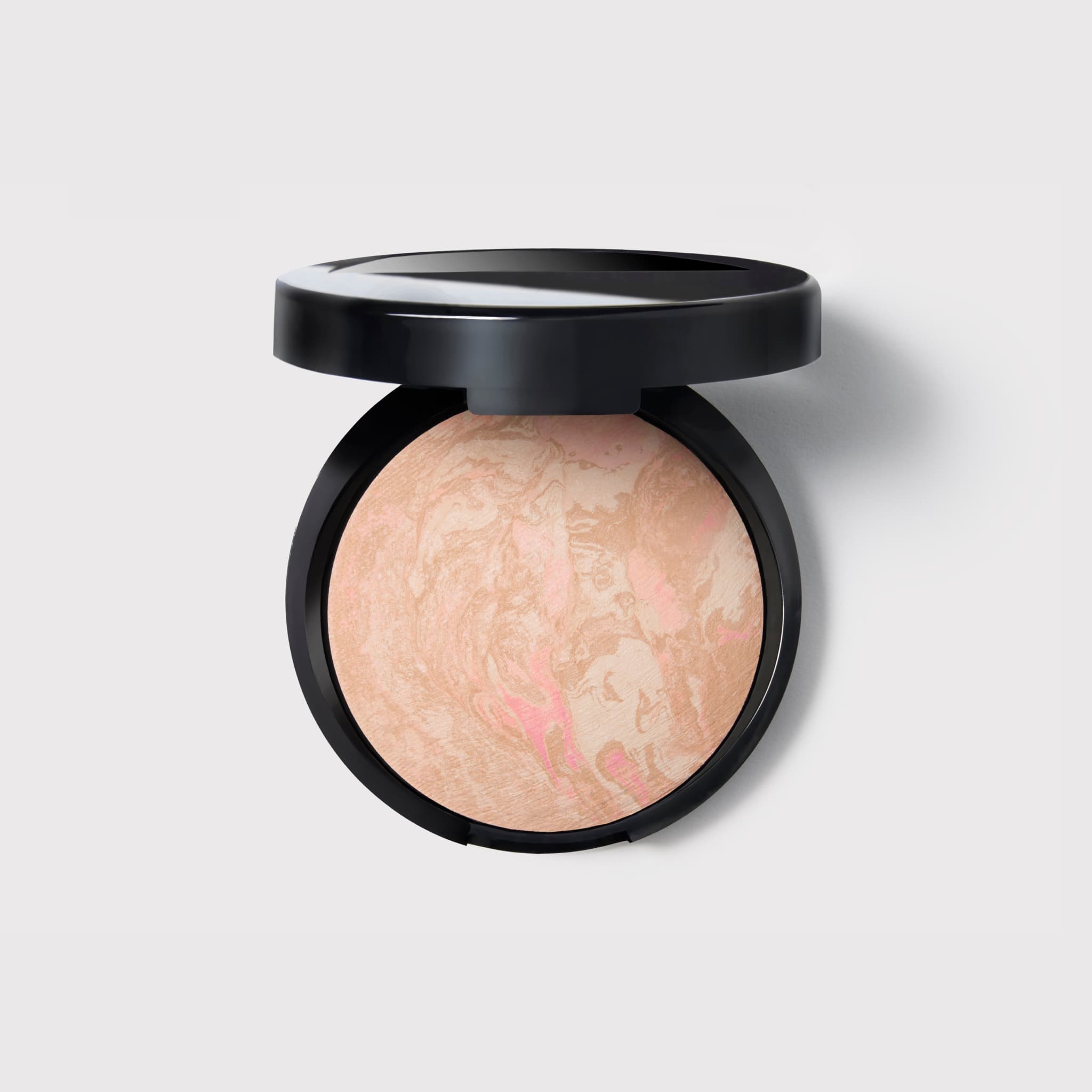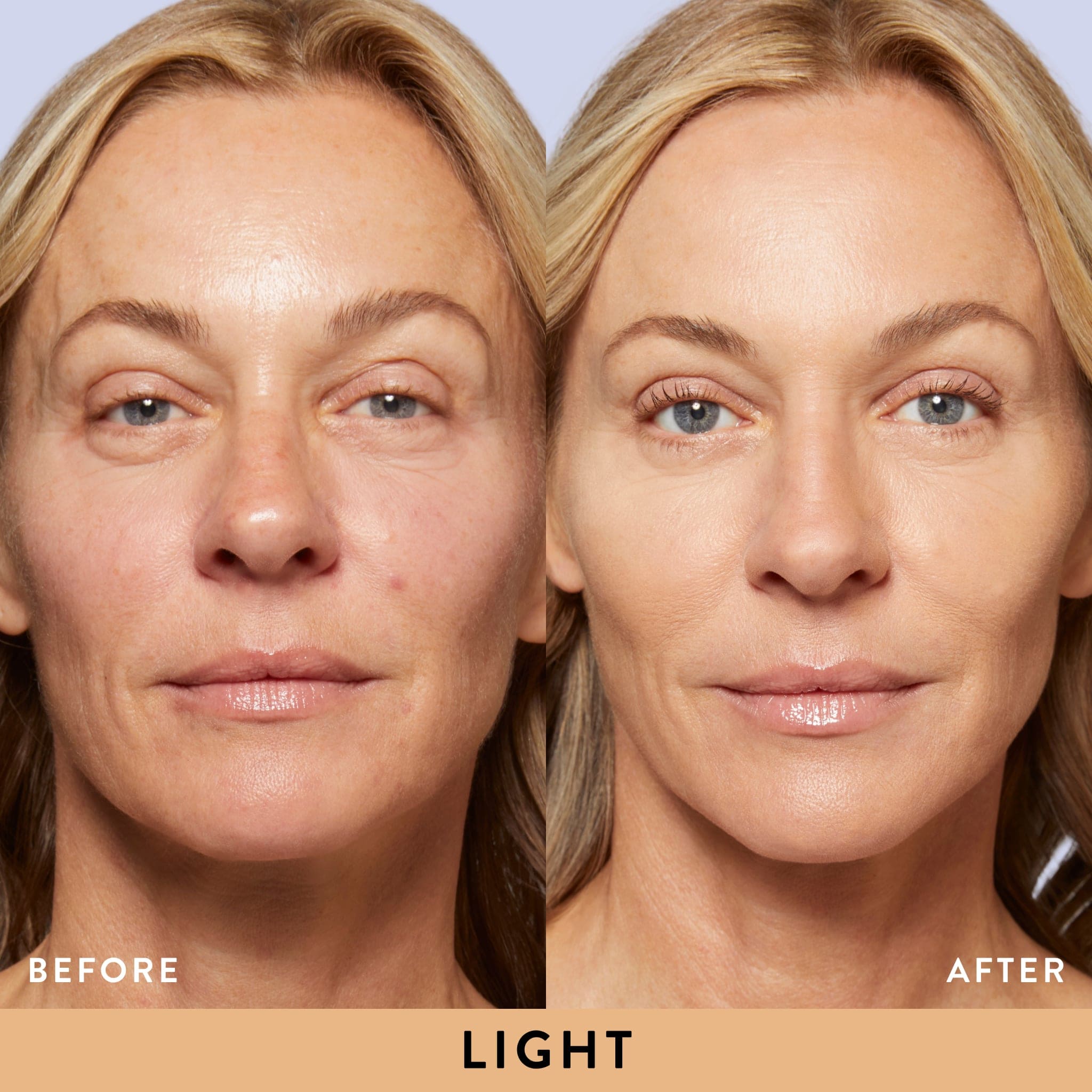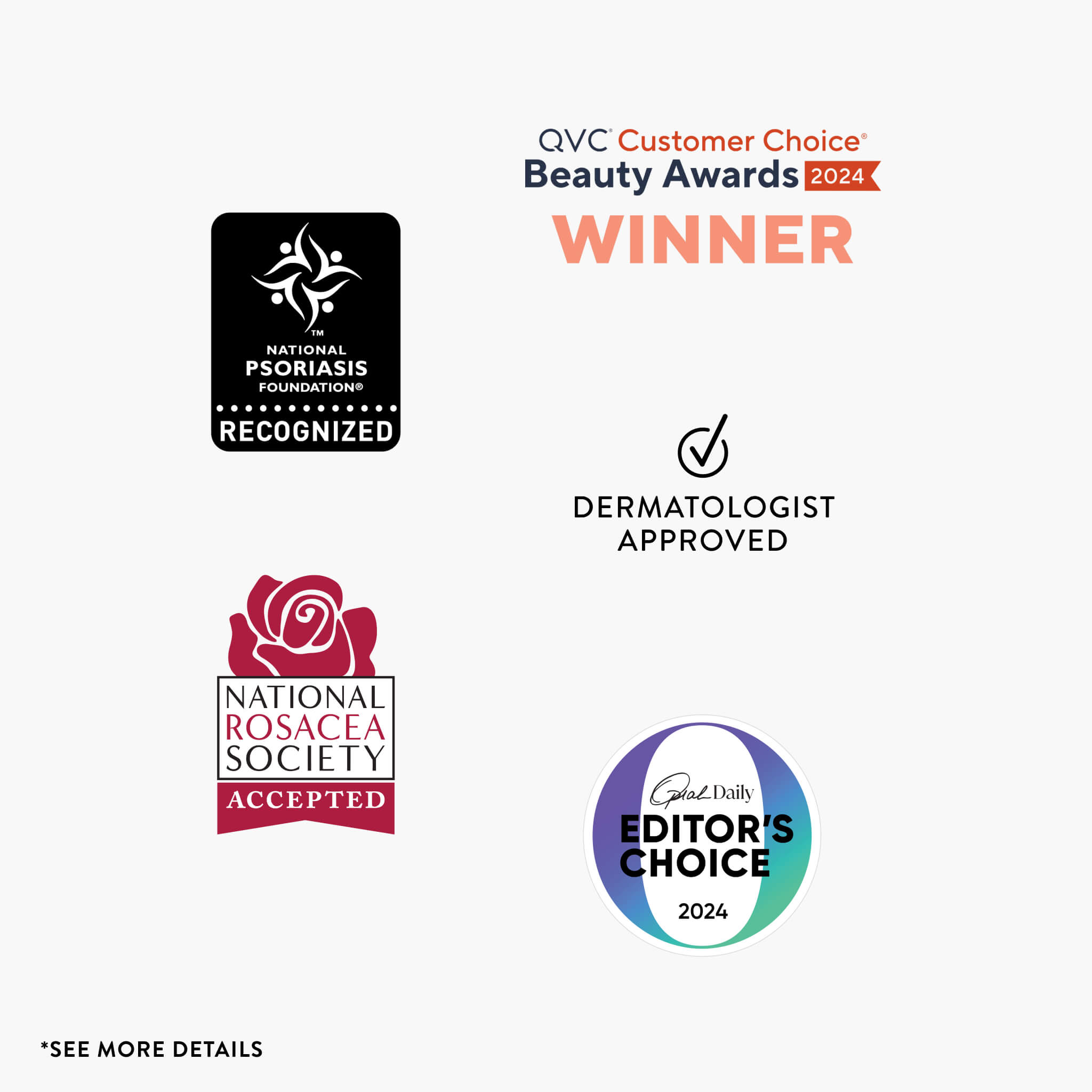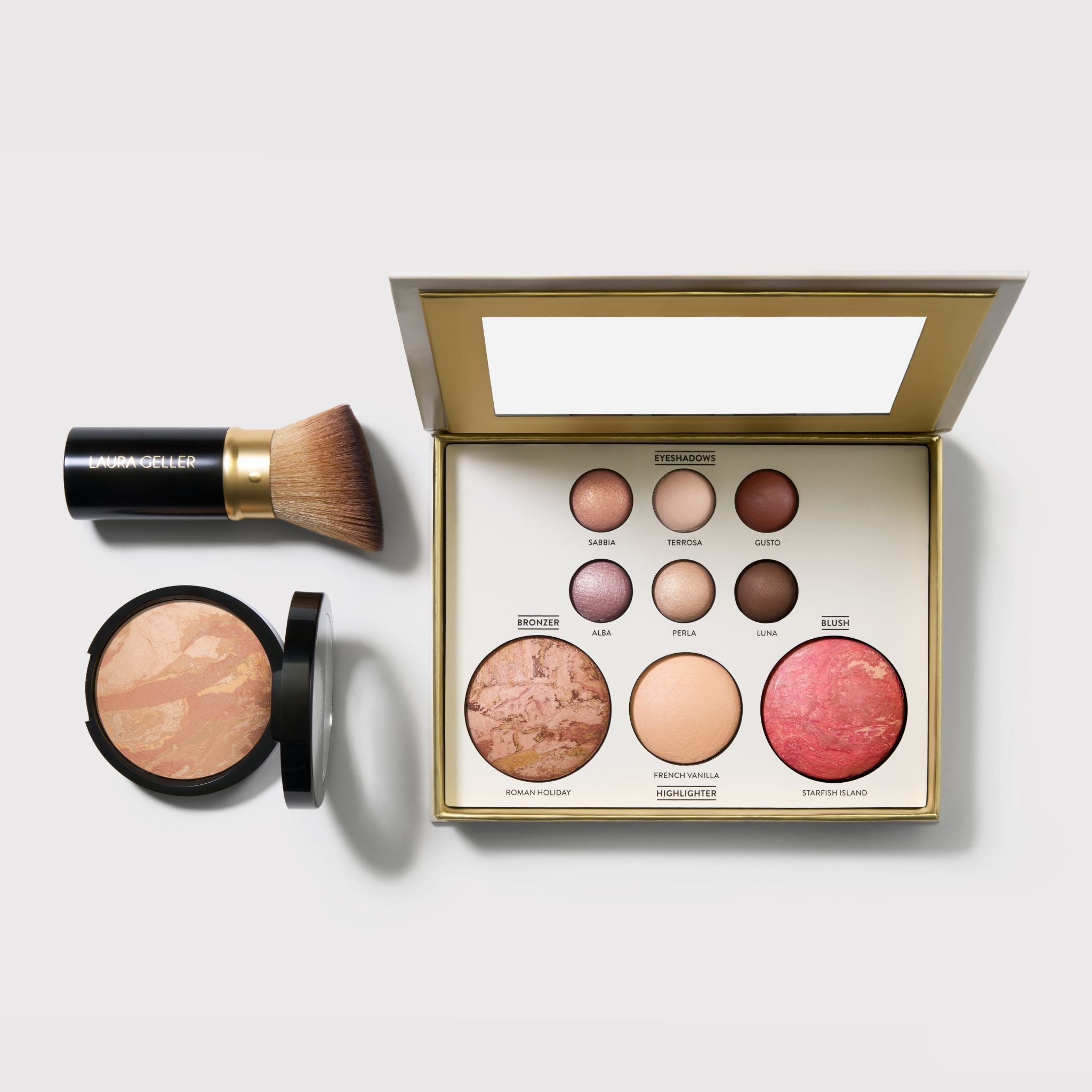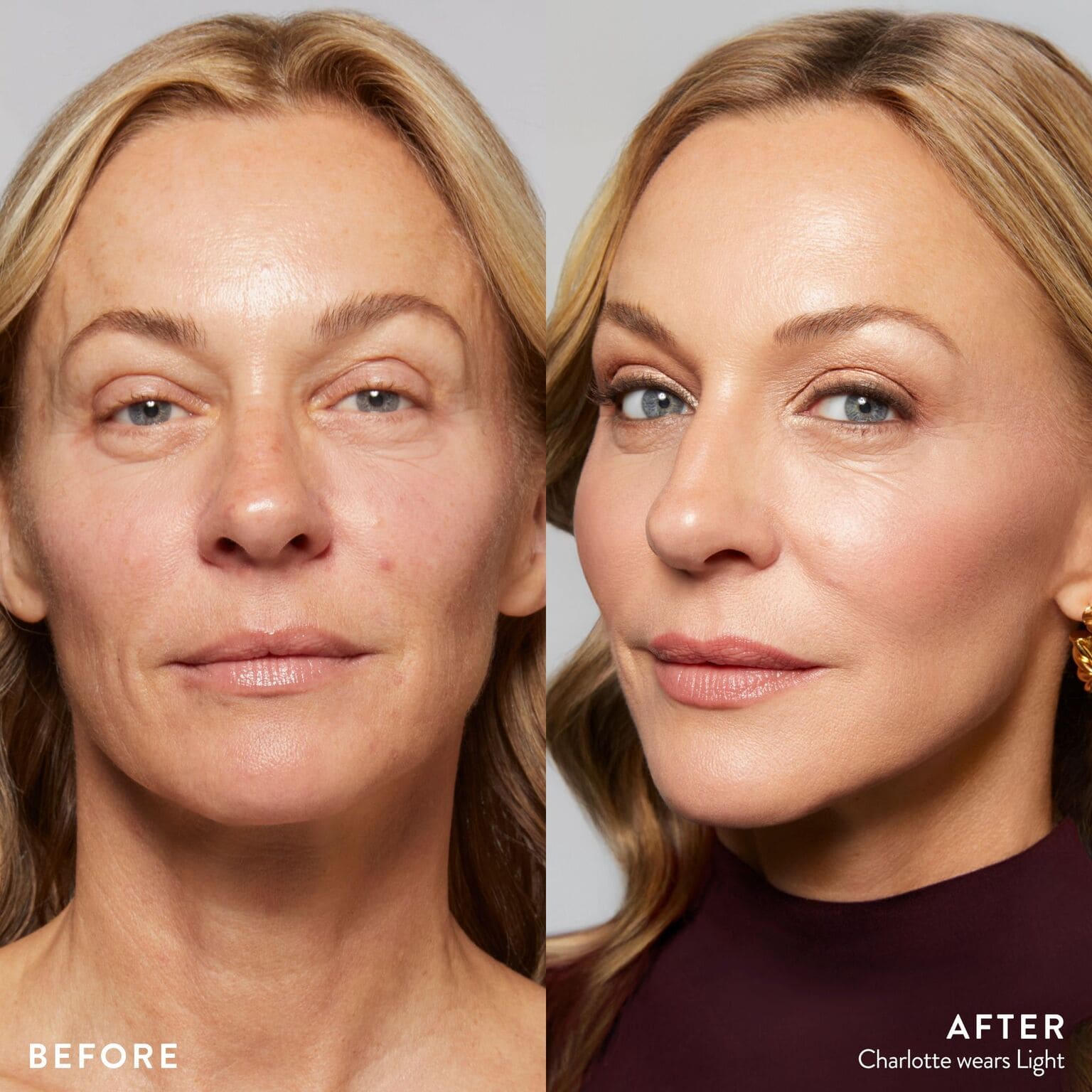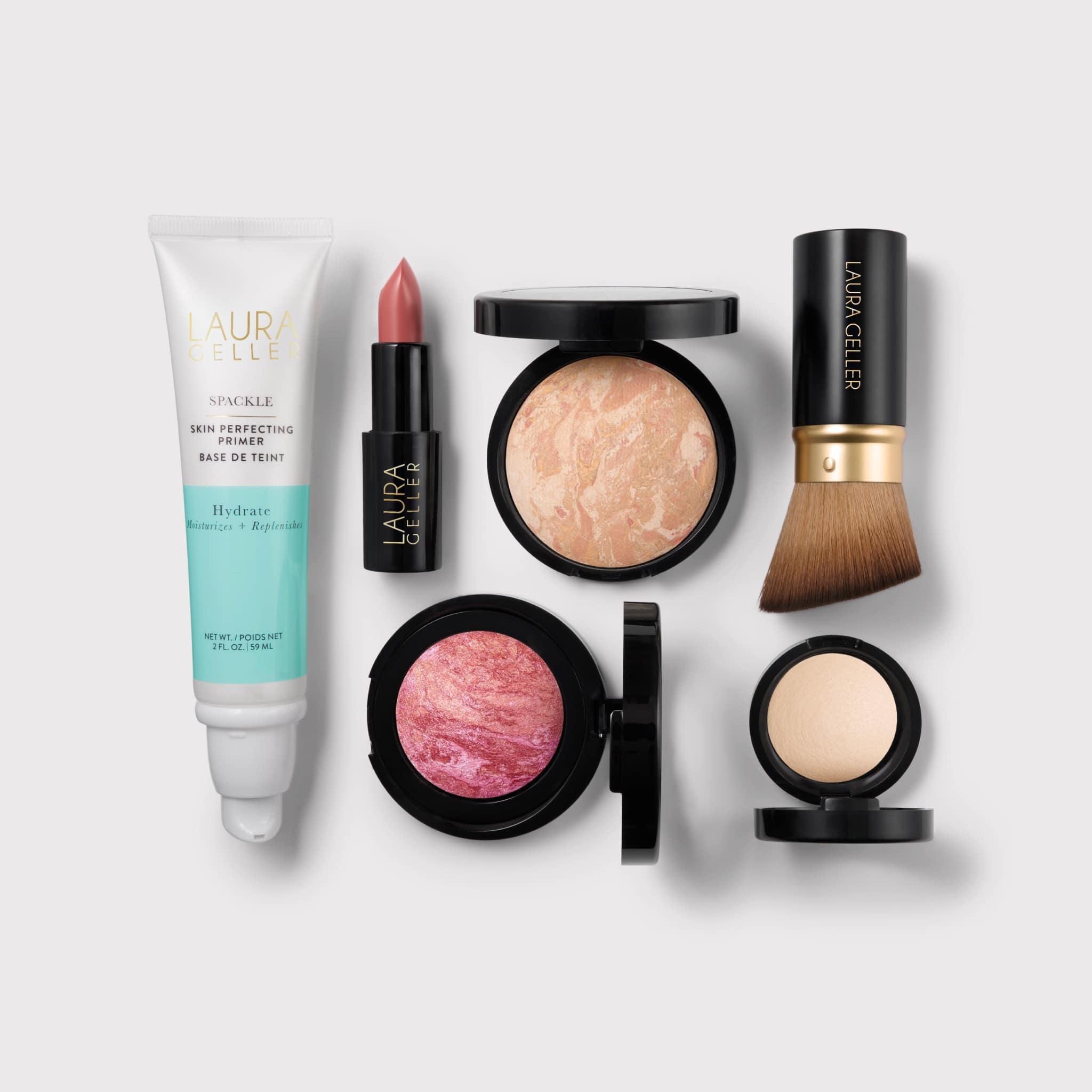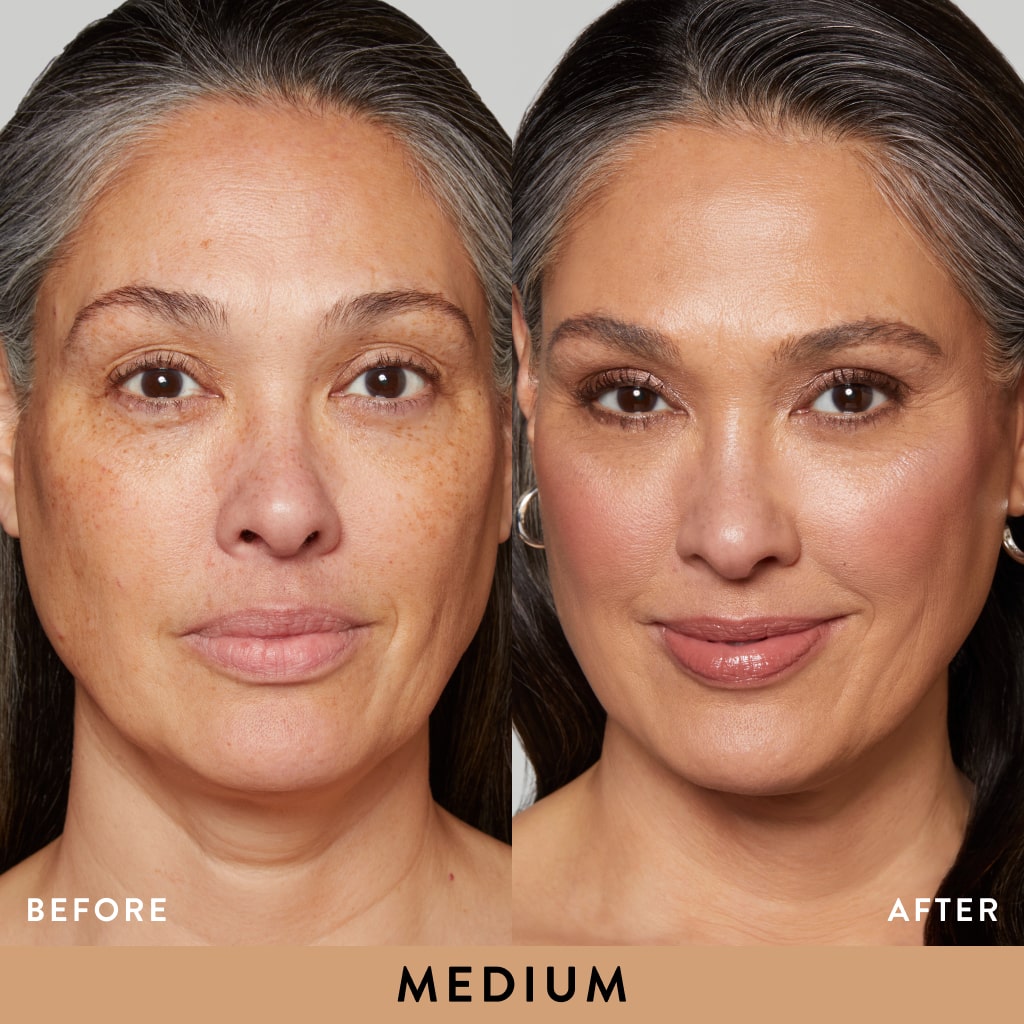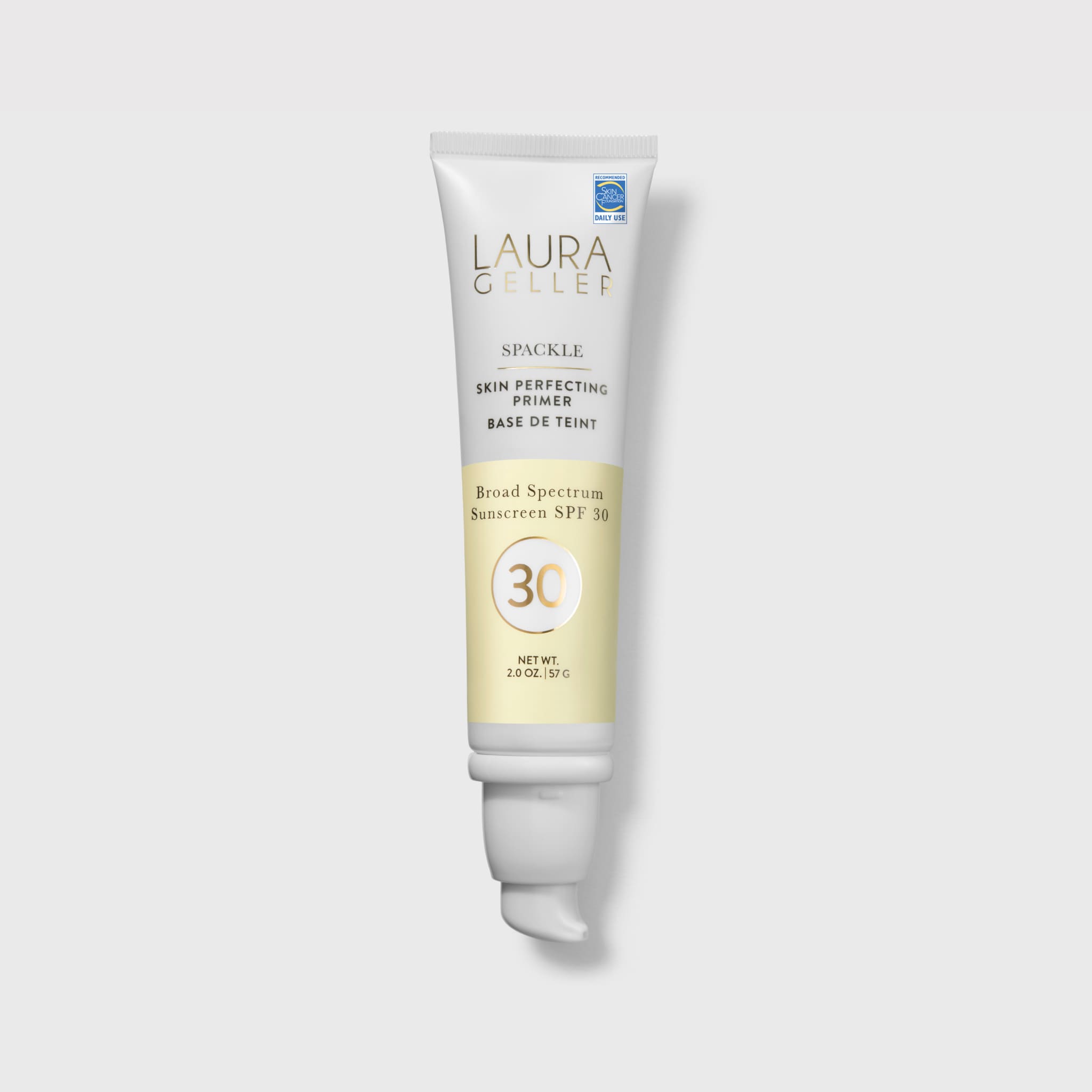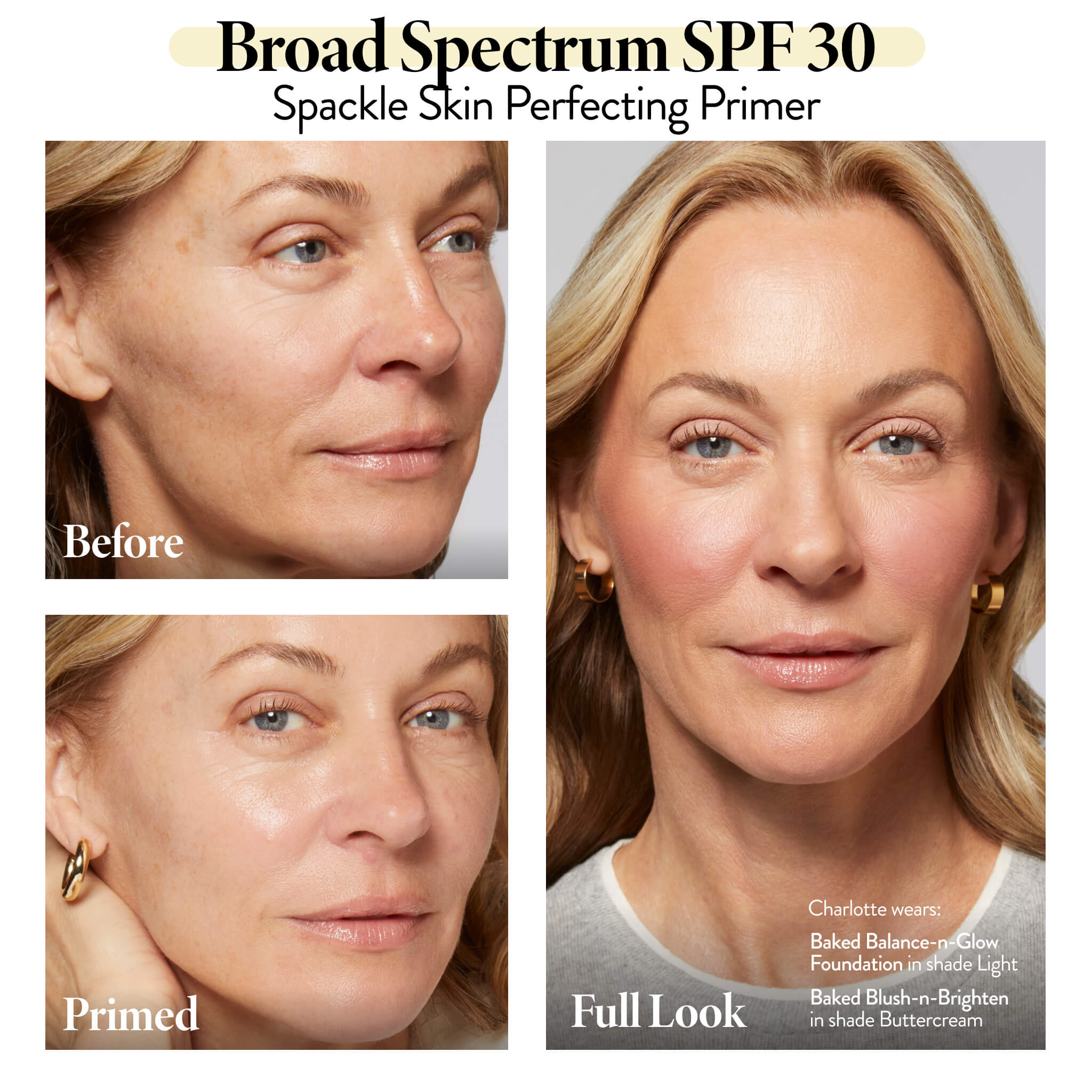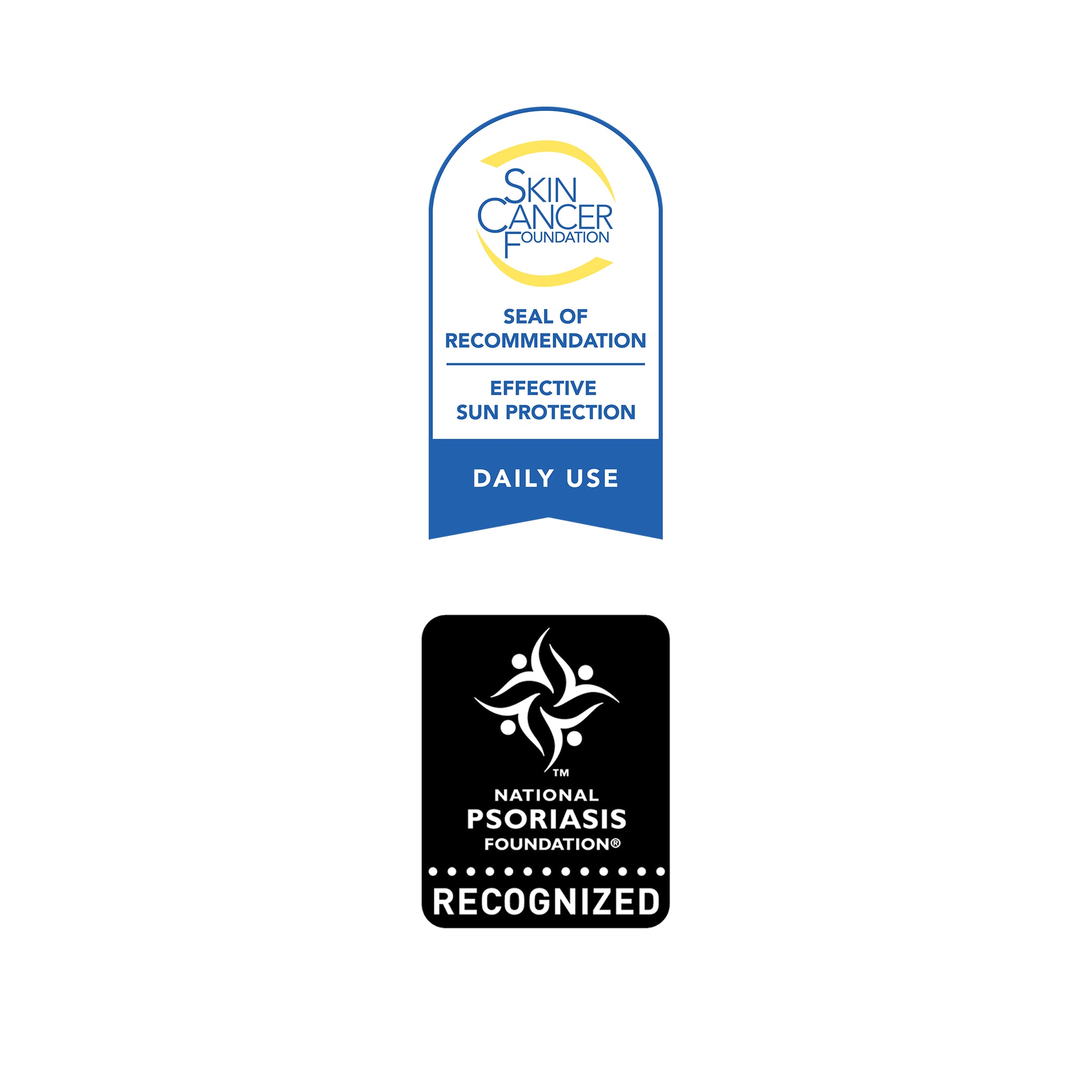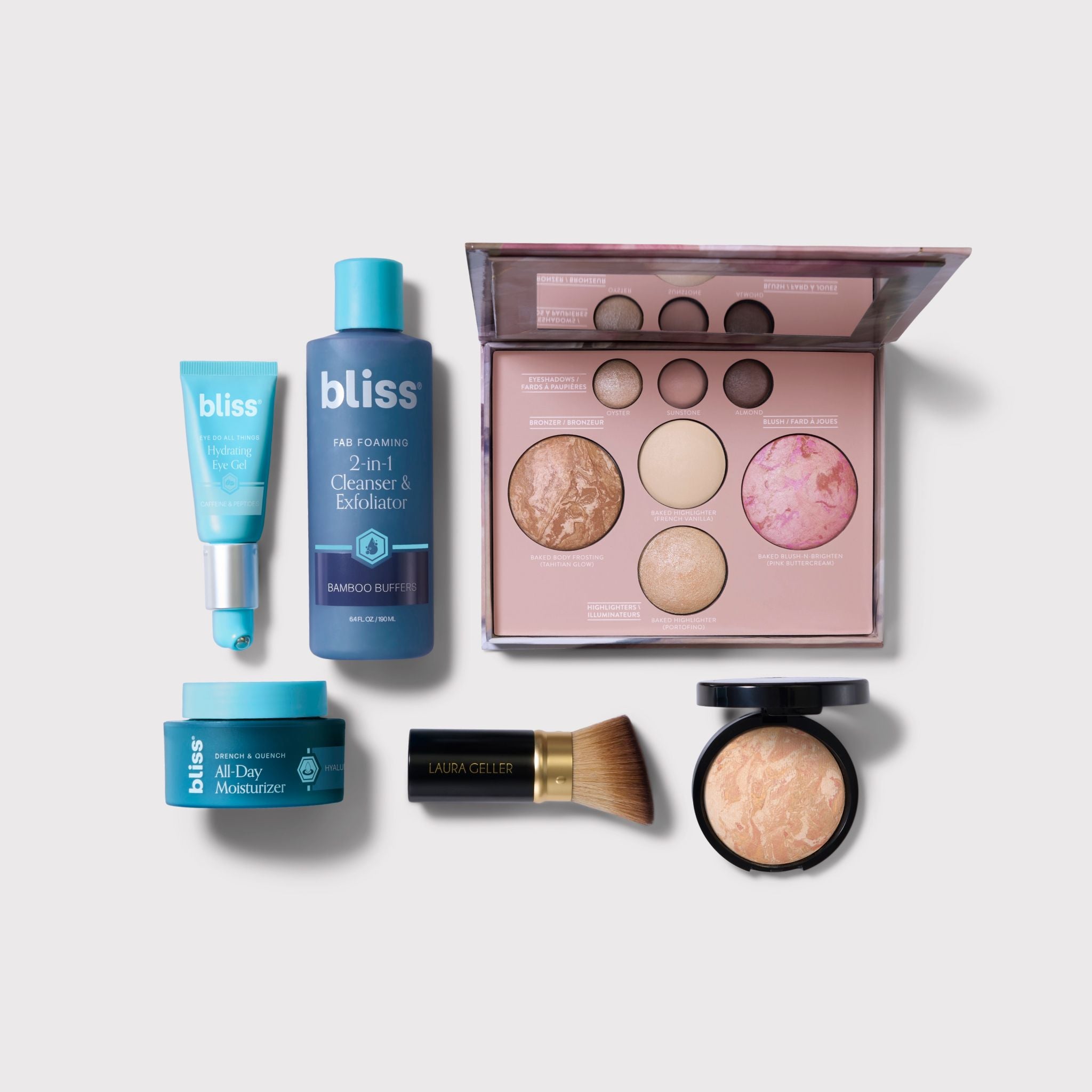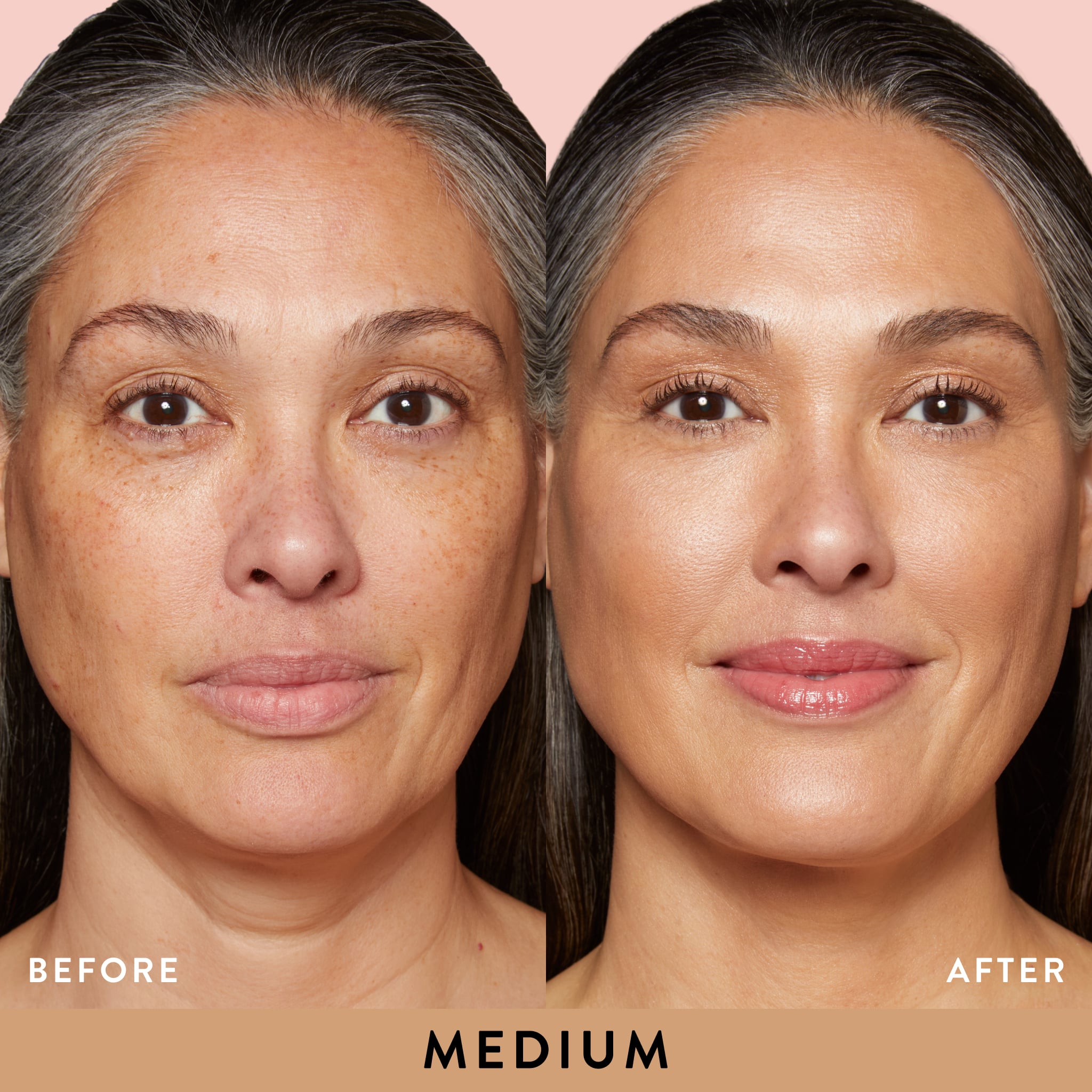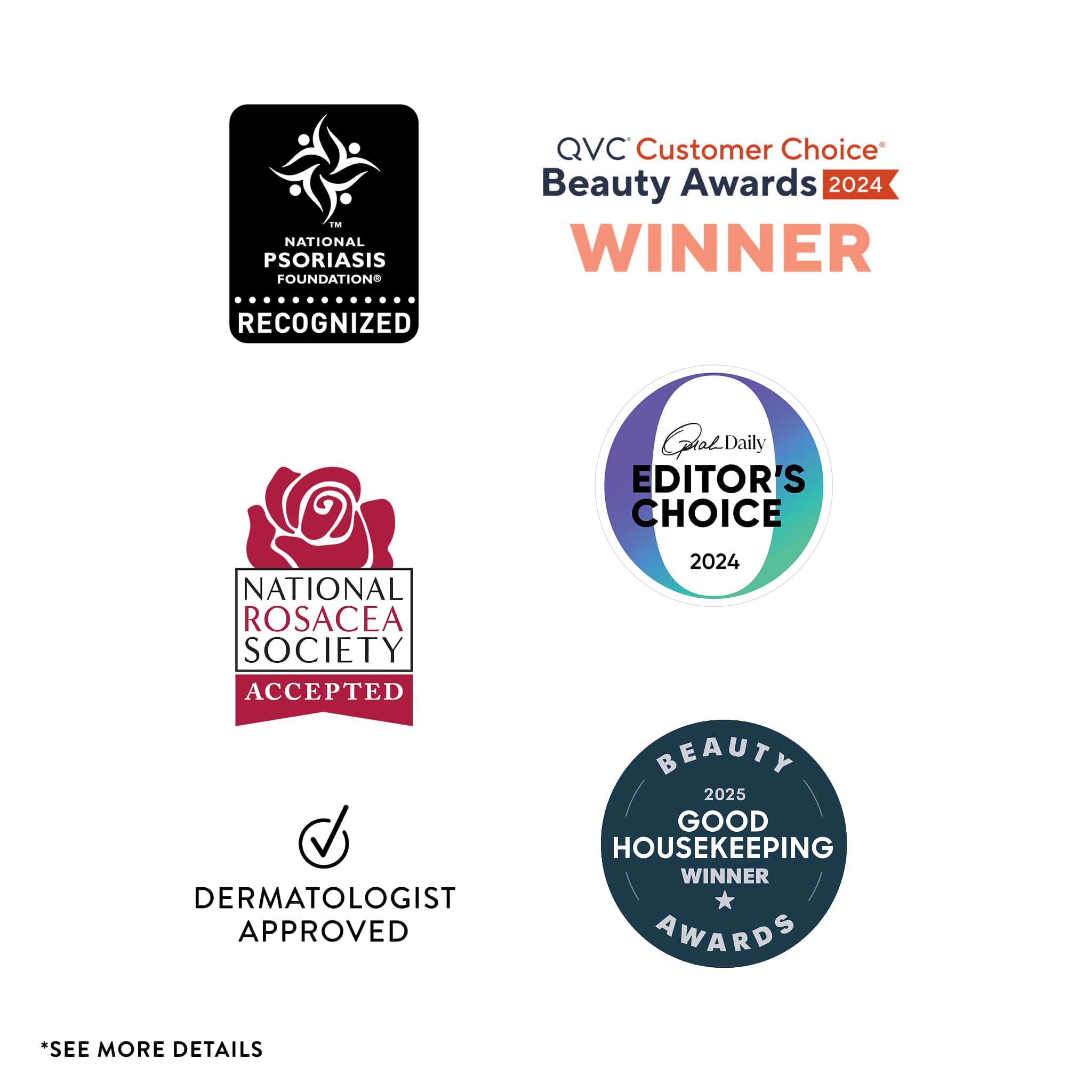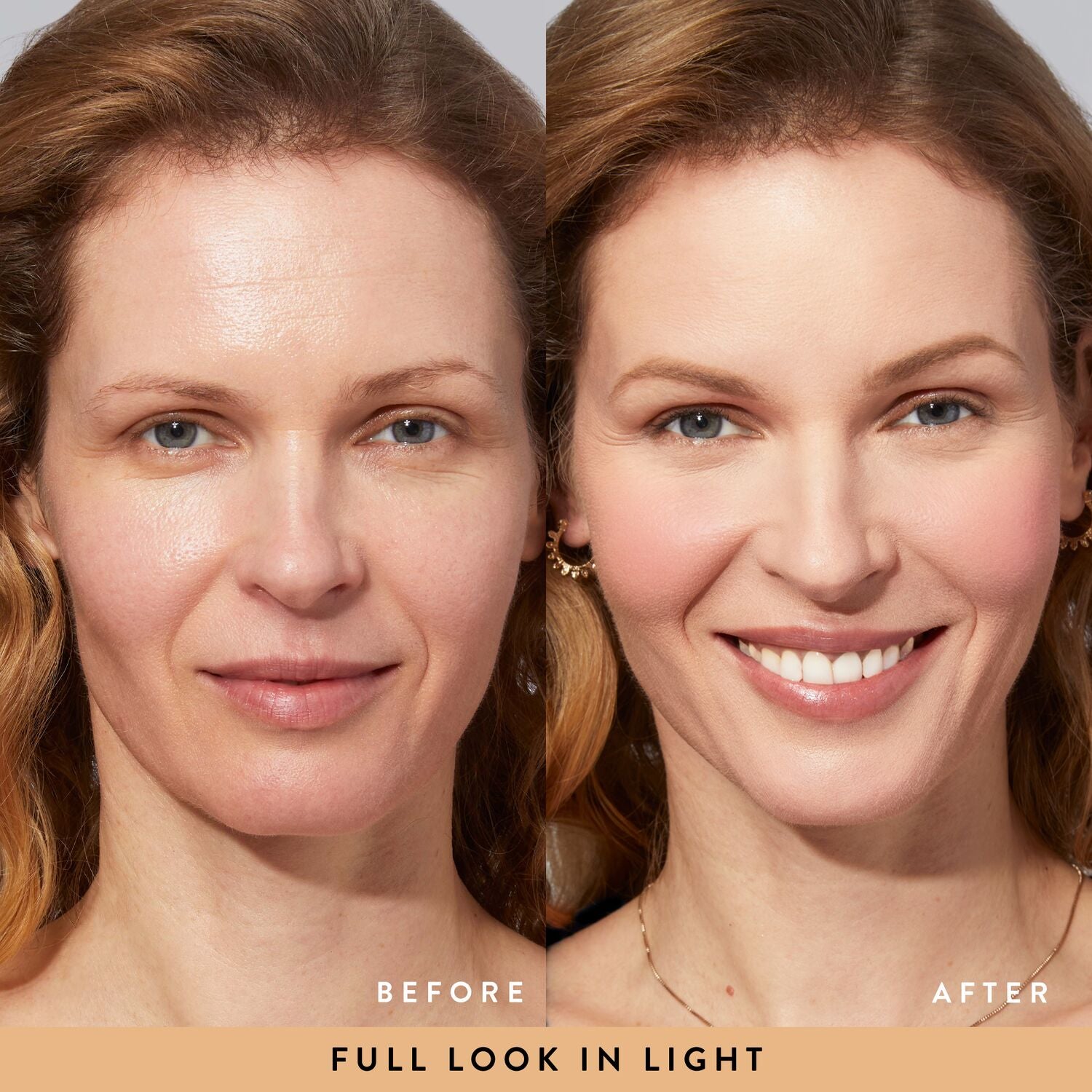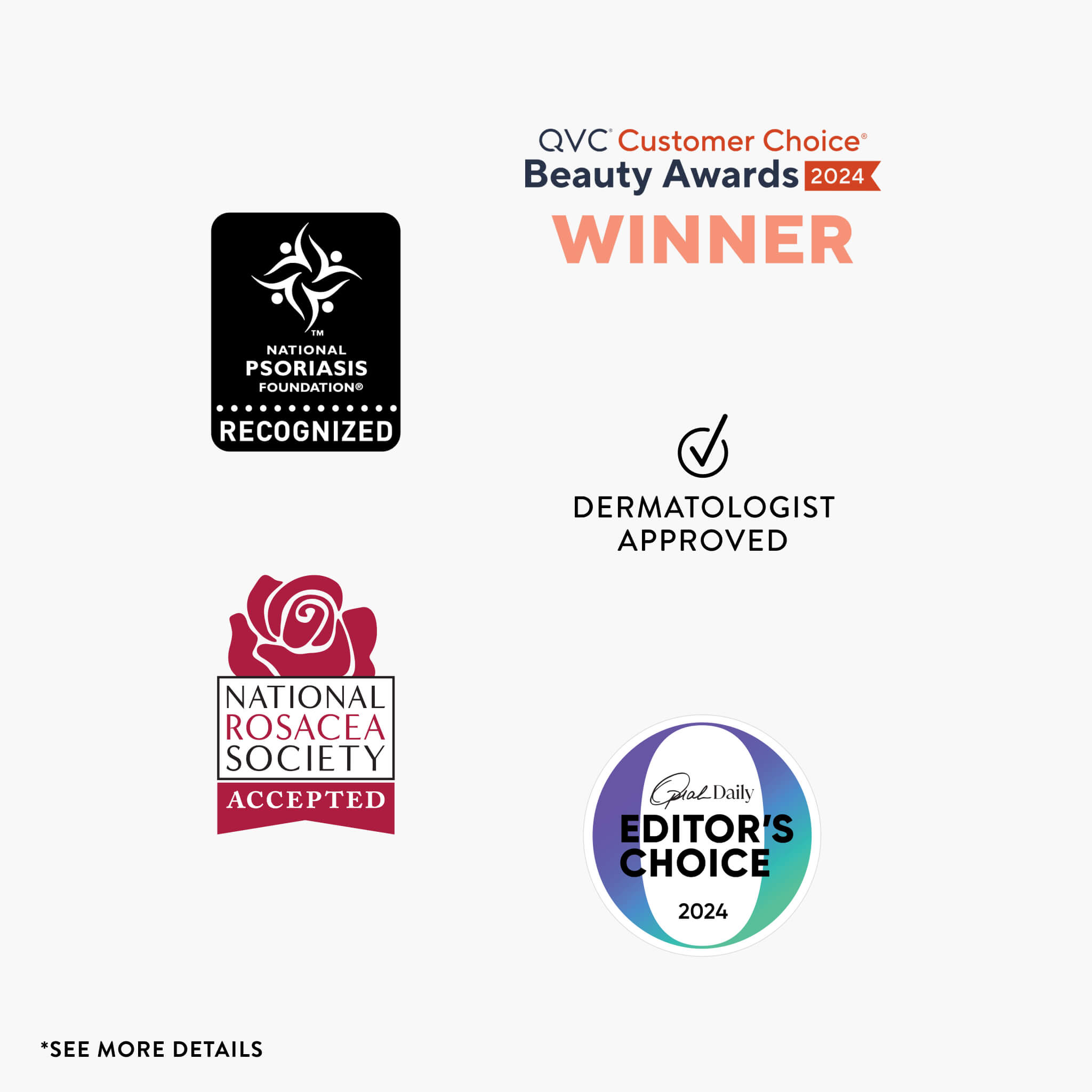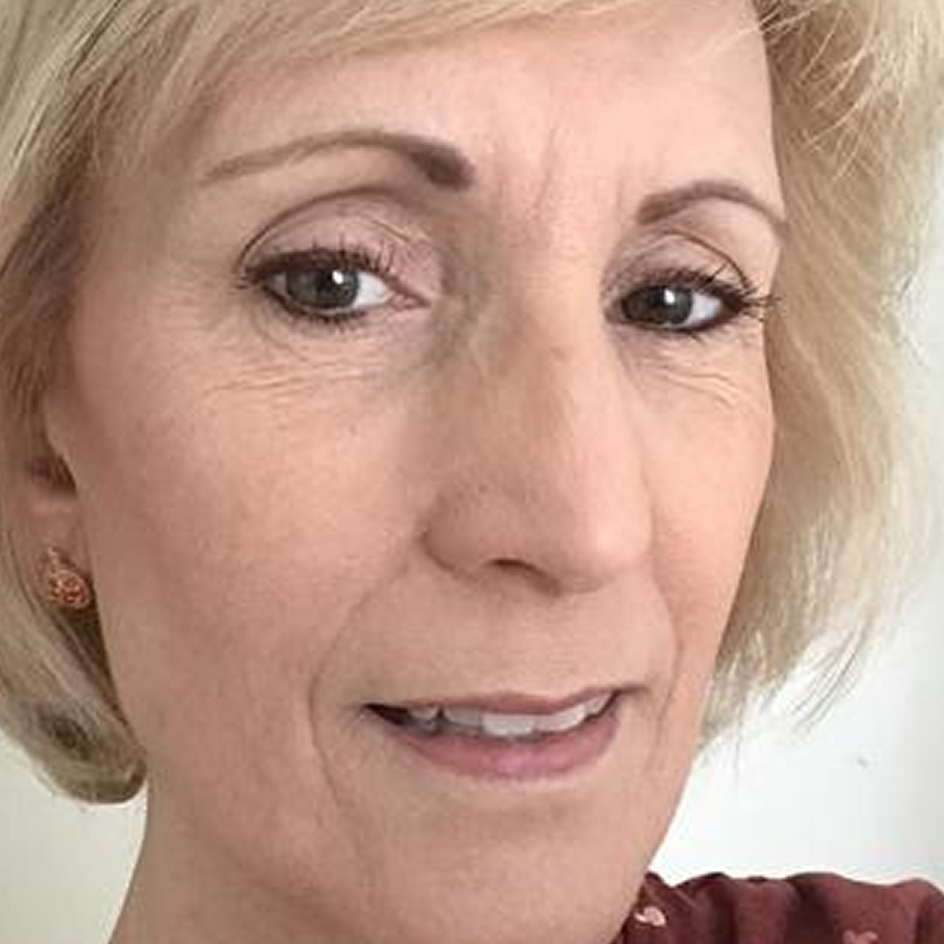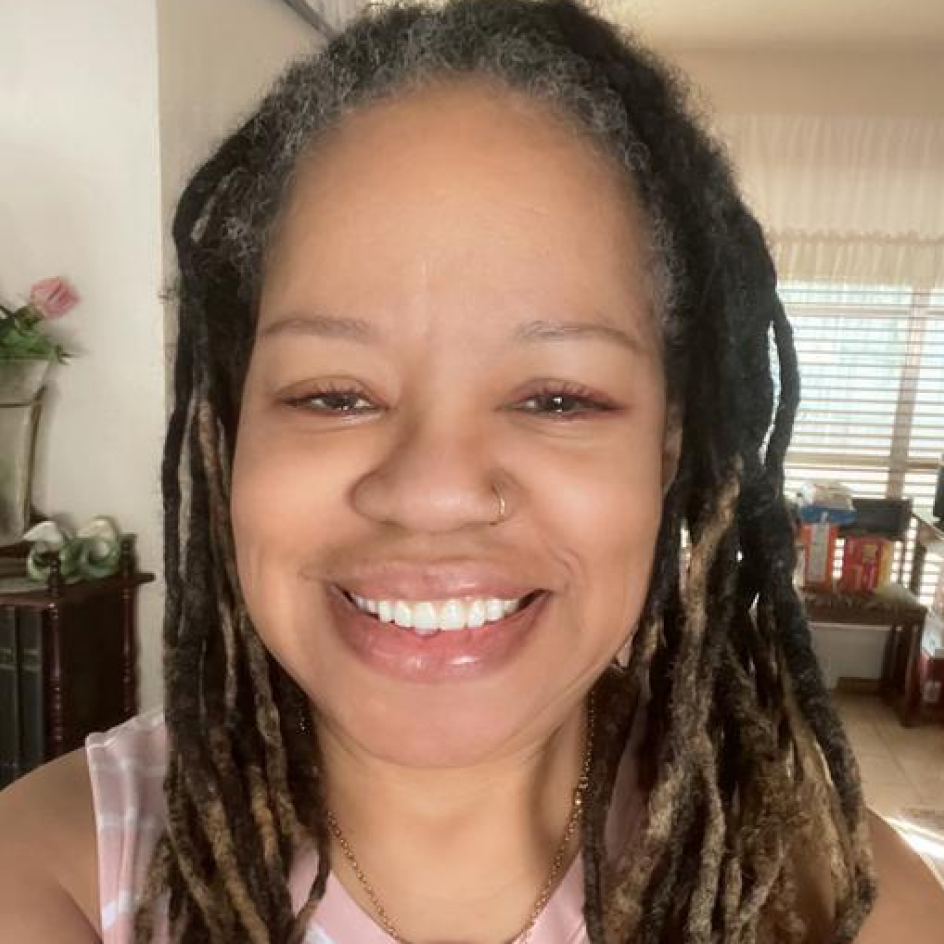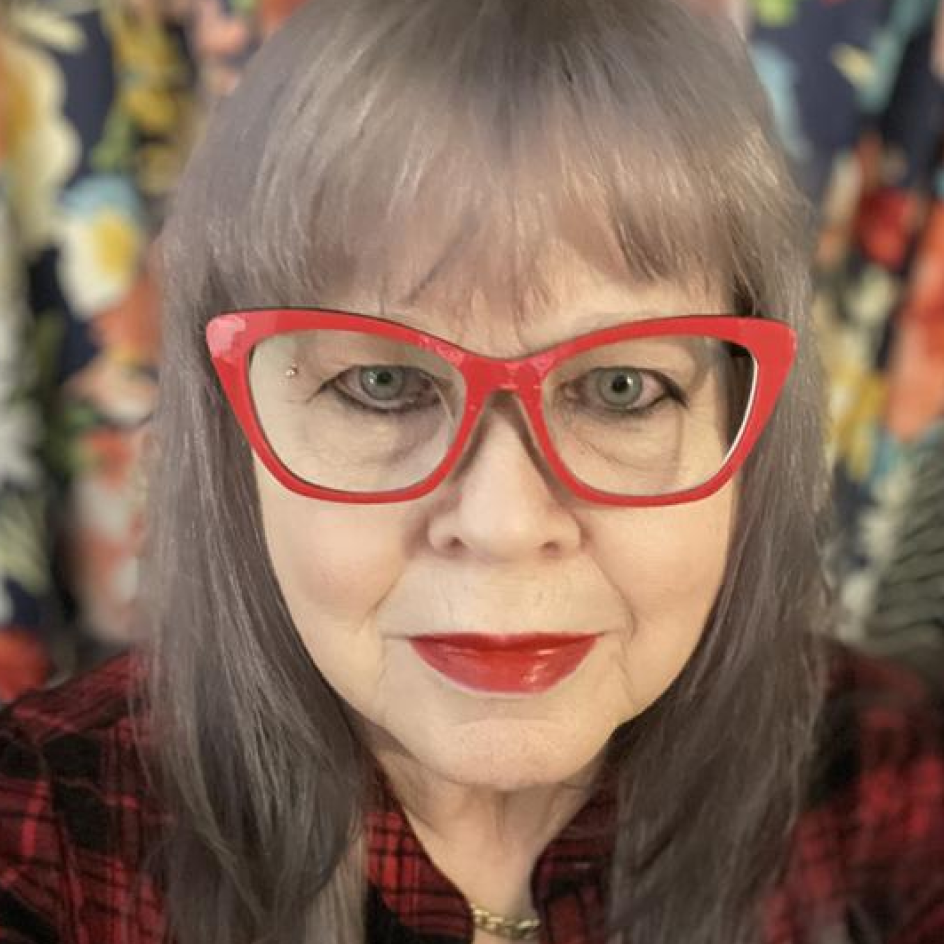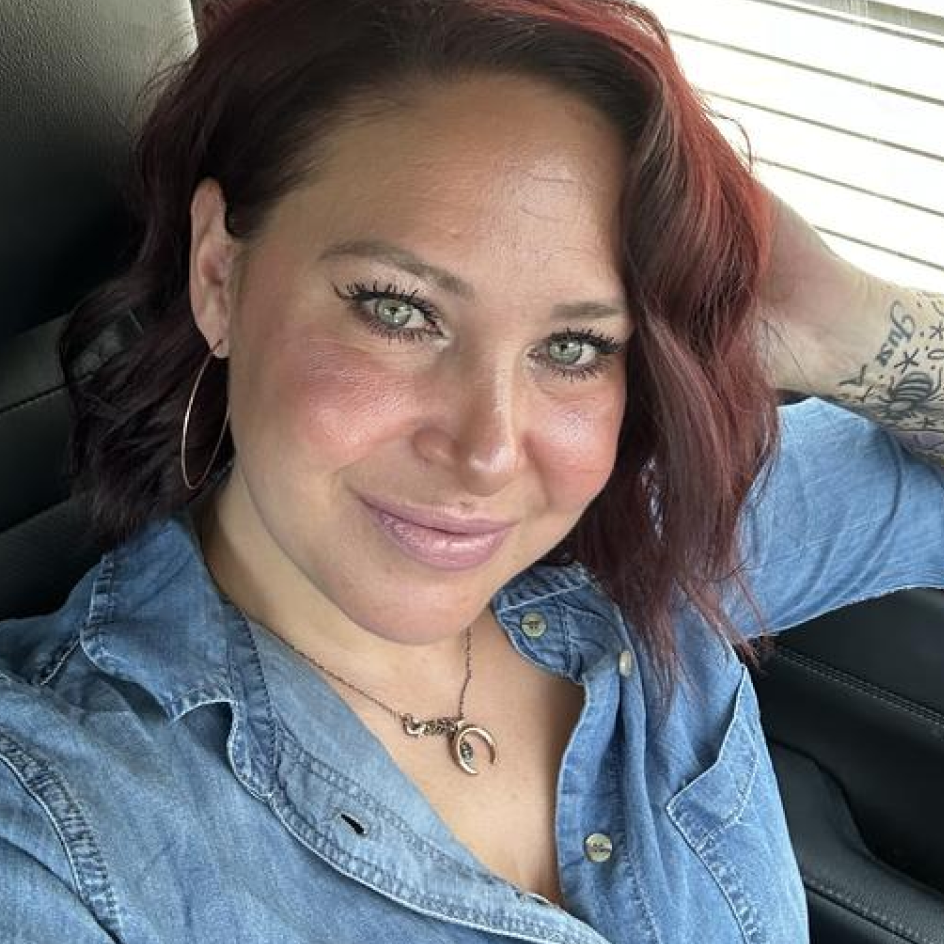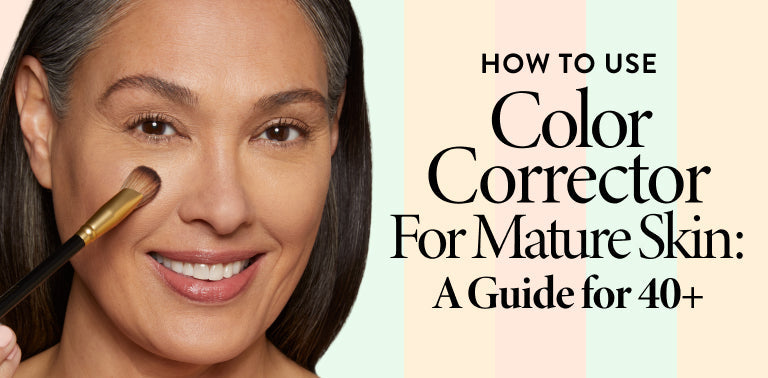
How to Use Color Corrector for Mature Skin: A Guide for 40+

Your skin tells a beautiful story of laughter, sunshine, and all the moments in between. At Laura Geller, we believe every line and freckle is part of what makes you you. And when things like dark circles or redness pop up, a touch of thoughtful color correction can help even things out without hiding your natural glow.
If you’ve ever wondered how to use a color corrector (or what to do with that bold orange shade), you’re in the right place. This simple, skin-loving technique can make all the difference, especially for mature skin.
What Is a Color Corrector?
Color correctors are cream or liquid formulas designed to cancel out specific tones in the skin. Rather than covering discoloration with heavy foundation, color correctors work with your skin tone to neutralize the issue, allowing you to use less makeup overall and still achieve a more natural-looking result.
It’s kind of like adding creamer to your coffee, where the right tone softens what’s harsh and brings out the best in what’s already there. That’s the heart of color correcting: a little goes a long way toward balancing out your skin.
This technique is rooted in color theory: opposite shades on the color wheel cancel each other out. Here’s a quick cheat sheet to keep in mind:
-
Green corrector reduces redness
-
Peach or orange corrector brightens blue or purple under-eye circles and helps soften the look of dark spots.
-
Lavender corrector cancels yellow or sallow undertones
So if you're waking up with signs of a rough night or noticing new discoloration as your skin matures, a quick touch of the right corrector can help restore balance and reduce layering for a more natural-looking radiance!
Why Mature Skin Loves Color Corrector
As skin matures, it can naturally become a bit thinner and more delicate. This means things like under eye darkness, redness, or age spots might show up more than they used to. And while it might feel tempting to pile on concealer, heavier coverage can sometimes draw more attention by settling into fine lines or looking cakey.
Color corrector gives you a smarter, softer solution. With just a sheer, strategic layer, it helps neutralize discoloration so you can use less makeup overall and still get that bright, balanced finish.
How to Choose the Right Shade
Let’s break it down by concern:
For Dark Circles:
-
Fair to medium skin: Go for a peach tone.
-
Medium to deep skin: Choose an orange corrector.
For Redness:
Use green to neutralize red patches or blemishes.
For Dull or Sallow Skin:
Lavender or purple can brighten yellow undertones or lackluster areas.
Want to know how to use orange color corrector? It’s ideal for deeper under-eye circles and hyperpigmentation. Don’t be intimidated by the color. You’ll blend it out and layer your foundation or concealer over top!
How to Use Color Corrector Under Eyes
Under-eye skin is delicate, so how you apply product really matters, especially as skin matures. Here’s the best way to do it:
Step 1: Prep Your Skin
Start with a lightweight eye cream to hydrate and plump the skin. Follow with a smoothing primer like Spackle Skin Perfecting Primer to create a velvety canvas.
Step 2: Warm It Up
Use your finger to warm up a bit of corrector. Our Cancel-n-Conceal Skin Perfector is perfect for this, and the warmth helps it blend more seamlessly into your skin.
Step 3: Apply Gently
Using your ring finger (which naturally applies the least pressure), tap a small amount into the inner corner and under eye hollow, where darkness is most prominent.
Step 4: Blend Softly
Use light tapping motions to blend the product. Swiping can move the product around too much and create uneven coverage.
Step 5: Add Concealer
Once you’ve neutralized the discoloration, layer a lightweight, creamy concealer like The Ideal Fix Concealer on top. Blend softly with your fingertip or sponge.
Want even more brightness? Tap on a bit of Spackle Illuminating Under Eye Primer before your concealer for a lifted, glowing finish.
How to Use Color Corrector on Other Areas of the Face
Color correcting isn’t just for under eye circles. Here’s how to target other common spots:
-
Redness around the nose or chin: Dab on a touch of green corrector before applying foundation.
-
Dark spots or melasma: Use peach or orange to even out pigmentation, then gently layer your foundation on top.
-
Sallow, dull areas (like cheeks or forehead): Apply a bit of lavender corrector to bring back brightness.
Correctors are meant to neutralize, not cover. If you’re seeing the color on your skin after blending, you might be using too much. A sheer layer is all you need!
Application Tips for Mature Skin
Mature skin loves products and techniques that enhance rather than overwhelm. Keep these tips in mind:
-
Choose creamy formulas that hydrate and melt into the skin (not dry or chalky textures).
-
Use your fingers for application. Your body heat helps warm up the product for better blending.
-
Avoid layering too much. Focus only on areas that need correcting.
-
Set lightly, if at all. A light dusting of Filter Finish Neutralizing Setting Powder can help lock in your look without emphasizing texture.
Still building your routine? Don’t miss our guide to makeup tips for older women, which is packed with Geller Gal-approved advice.
Best Products to Use
If you're ready to start experimenting with color corrector, these products are foolproof favorites, especially for mature skin:
-
Spackle Skin Perfecting Primer: This smoothing base preps skin and helps everything apply (and stay) beautifully.
-
Cancel-n-Conceal Skin Perfector: A creamy color corrector with built-in hydration, available in peach and orange tones for under-eye darkness or dark spots.
-
The Ideal Fix Concealer: Brightens and perfects over your corrector without creasing or settling into fine lines.
-
Filter Finish Neutralizing Setting Powder: A soft-focus setting powder that evens tone and gently blurs imperfections.
-
Spackle Illuminating Under Eye Primer: Adds a touch of light and smoothness—especially helpful for tired eyes.
Looking to build an even base? Pair your corrector with our foundation for mature skin to complete the look!
Final Thoughts: Color Corrector Confidence
Once you discover how to use a color corrector, it quickly becomes one of those “why didn’t I start sooner?” steps. It’s not about hiding who you are, it’s about gently brightening, balancing, and letting your natural beauty take the lead.
No makeup artist techniques required. With the right formula, a few soft taps, and a little know-how, you can refresh tired eyes, calm redness, and smooth out uneven tone in seconds. The result? A polished, even look that still feels entirely like you.
Now that you know how to use color corrector under your eyes and beyond, try adding it to your routine. You might just find it’s the secret to loving your makeup (and your reflection) even more.
P.S. Want to complete the look? Don’t miss our guide to eye makeup for mature eyes for even more timeless tips.
